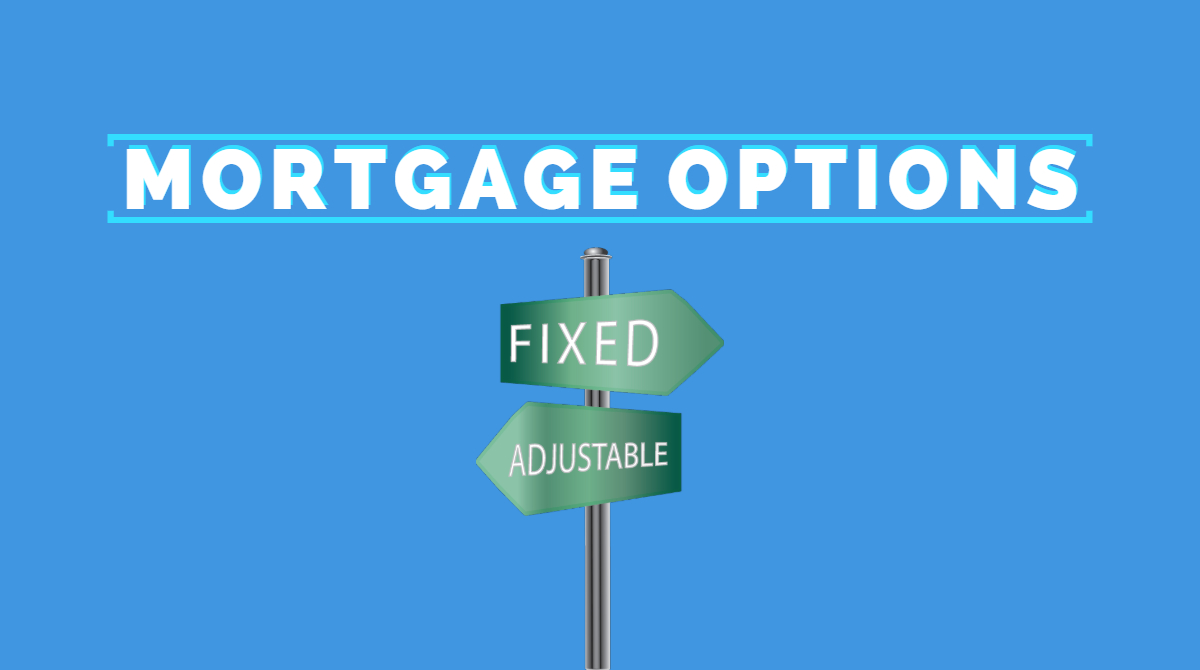Are adjustable rate mortgages worth the risk?
With interest rates on the rise, some people are getting a bit nervous and are looking towards adjustable rate loans as a possible solution. But are adjustable rate mortgages worth the risk?
Homebuyers often focus on obtaining the lowest possible rate on a 30-year loan, but most loans are used for only three. Cash out transactions for improvements, additions, repairs, weddings, tuition and major purchases occur with great frequency. If you think you might refinance for any reason anytime in the next seven years, read on.
Let’s take a look at some facts about ARM’s that might help you get that answer.
What is an adjustable rate mortgage?
An adjustable rate mortgage (ARM) is a loan where the interest rate will vary based on preset terms. Today, most ARMs are “hybrids”. They start out at a fixed rate for the first 3, 5, 7 or even 10 years. After the initial fixed rate period, the interest rate will reset.
How is the new rate on an ARM calculated?
Your new rate will be based on the index that your loan is tied to (i.e. LIBOR, CMT) plus a margin amount that will be specified in your loan terms.
For example, let’s say the margin on your loan is set to 2.75% and your loan is tied to the 1 year Constant Maturity Treasury (CMT). If your loan adjusts on 11/2/2018, your new rate would be 5.45%

All adjustable rate loans have set caps on the maximum amount your rate can increase. There are caps for each time it adjusts as well as a lifetime cap.
Watch the video below for more information about Adjustable rate loans.
Managed Risk
 Lenders give you a discounted rate up front because they know the rate will float with the market later on. If you sell your home or refinance again prior to that happening, it’s their loss. However, if your plans change and you don’t sell your home or refinance prior to the adjustment, then it is possible that you could experience and increase in rate and therefore, monthly payment.
Lenders give you a discounted rate up front because they know the rate will float with the market later on. If you sell your home or refinance again prior to that happening, it’s their loss. However, if your plans change and you don’t sell your home or refinance prior to the adjustment, then it is possible that you could experience and increase in rate and therefore, monthly payment.
One way to prepare for the possibility of a higher rate and payment later is to pay extra principal each month to reduce your balance faster. If the rate ultimately adjusts up, your balance will be lower and the payment change will be less as a result. As well, you would already be accustomed to paying more.
The bottom line
A fixed rate loan provides the certainty that it will never change. A hybrid ARM provides a potential savings but for a limited period of time. The best way to decide is to balance your expectations for using any particular loan with the peace of mind that can come from being assured of stability, even if your time frame changes.
Either way, we’re here to help you explore the pros and cons and to come to a conclusion that’s uniquely right for you.
Contact me for a free consultation to explore your options
